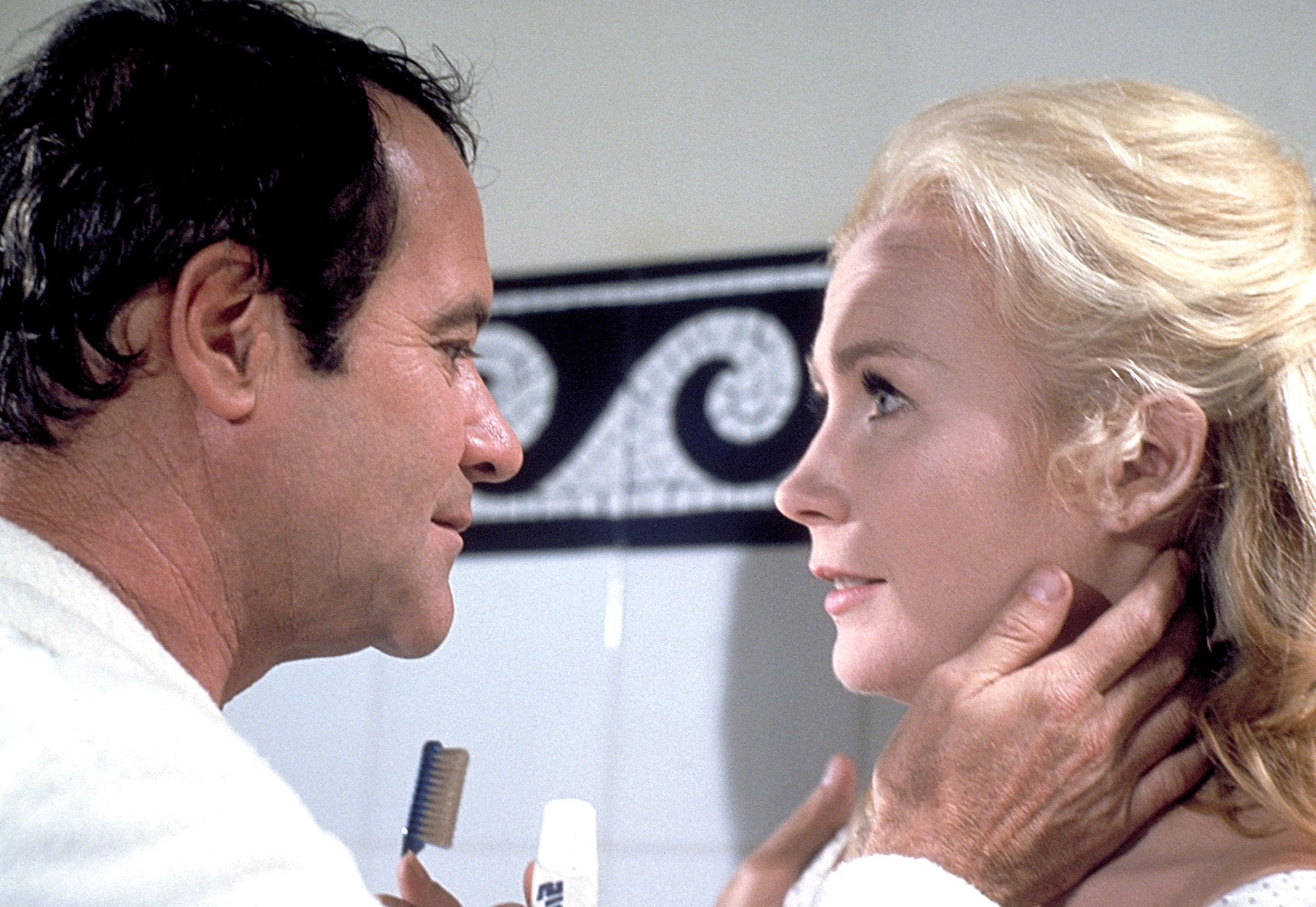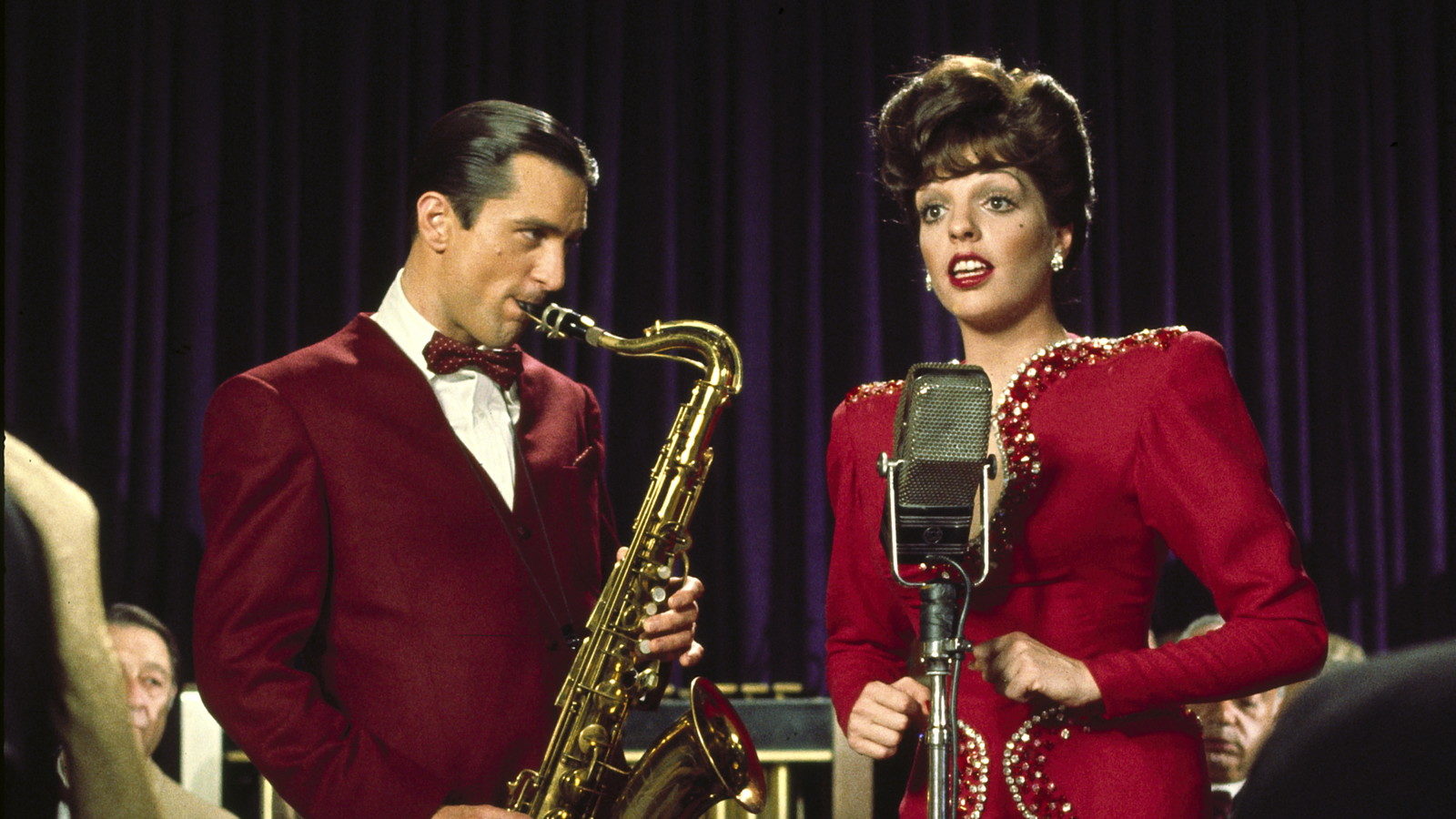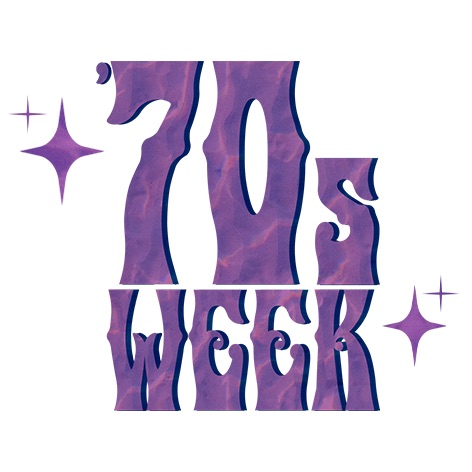
It’s hard to believe that “The Rocky Horror Picture Show” — the most successful midnight movie ever made — could have been “misinterpreted” by its devoted fanbase for decades. And yet, as the iconic glam rock musical approaches its 50th anniversary this year, that debate is raging on. Like, a storm of line-dancers… tapping fierce thunder… over a mad scientist’s… slutty little castle.
“I might have to take some blame for that,” said screenwriter Richard O’Brien, who raised the issue with the New York Post last week. The 83-year-old actor (who also plays Riff Raff) wrote “Rocky Horror” as a stage musical over a single winter in London in 1973. Two years later, at the world premiere for the film adaptation at the Royal Court Theater on August 14, 1975, he may have confused an editor.
Guests started to leave before the finale was finished, and O’Brien wanted to prevent that by trimming an instrumental section. “The next thing I see, they’ve cut both Brad and Janet’s songs,” he said. “That’s the way it showed for an awfully long time, unfortunately.”
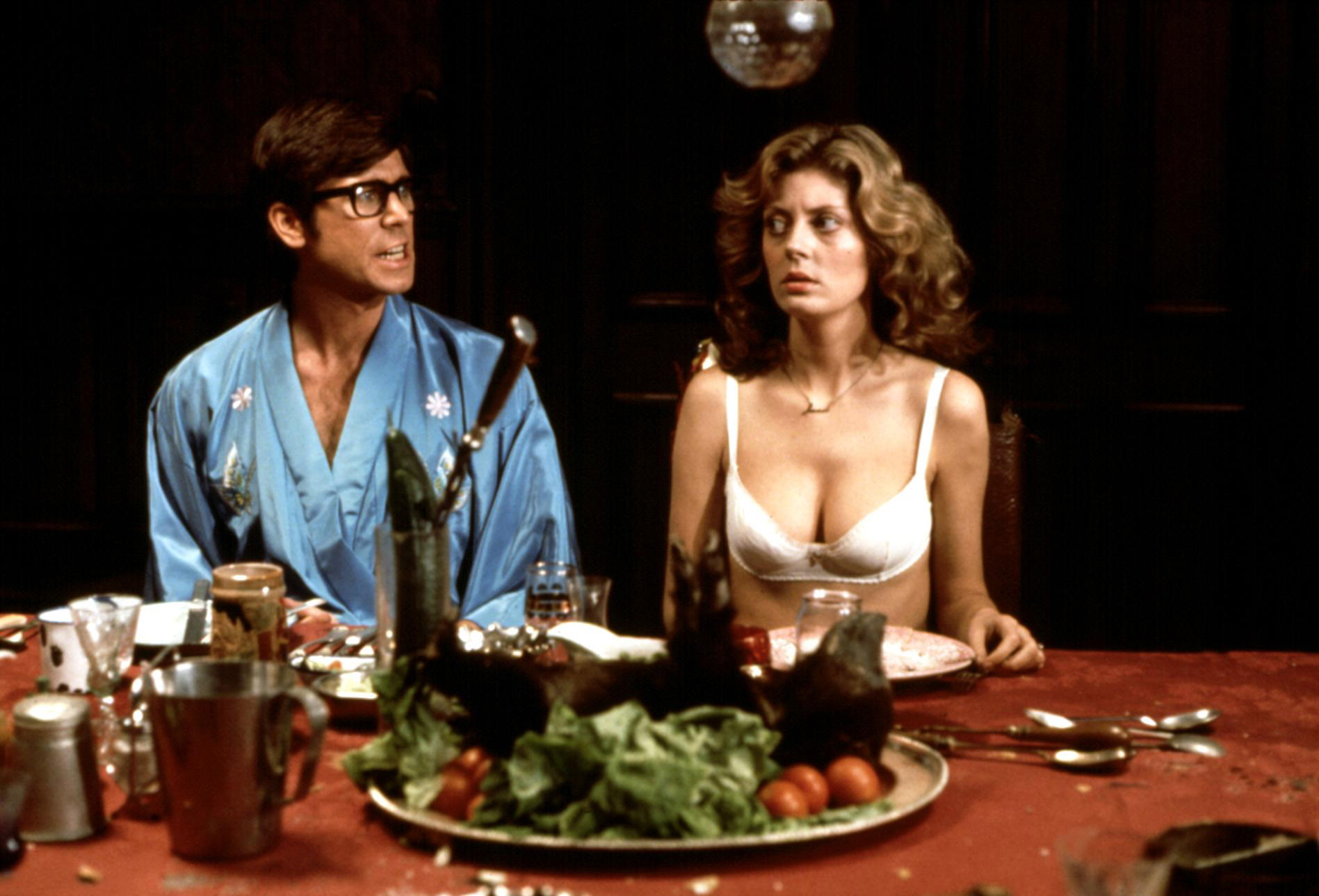
Performed by a bloody Susan Sarandon and a muddy Barry Bostwick, the melancholy “Super Heroes” song is the main event that got the axe. What remained was the version that gained popularity in the U.S. and built the audience repertory cinemas still host today. That cut features a much more upbeat reprise of “The Time Warp” as the credits roll and feels almost Evangelical by comparison.
Like O’Brien, “Rocky Horror” filmmaker Jim Sharman prefers the original ending better, too. Sharman staged the live musical and he co-wrote the movie’s script with O’Brien, but the director’s theory about why the mammoth misprint happened differs slightly.
”[I think] there was some studio tinkering and ‘Super Heroes’ was deleted,” said Sharman in an interview from 2010 with journalist Mike Gencarelli. “Probably through a desire to give it a more conventional movie ending, which is frankly impossible with a film like ‘RHPS.’”
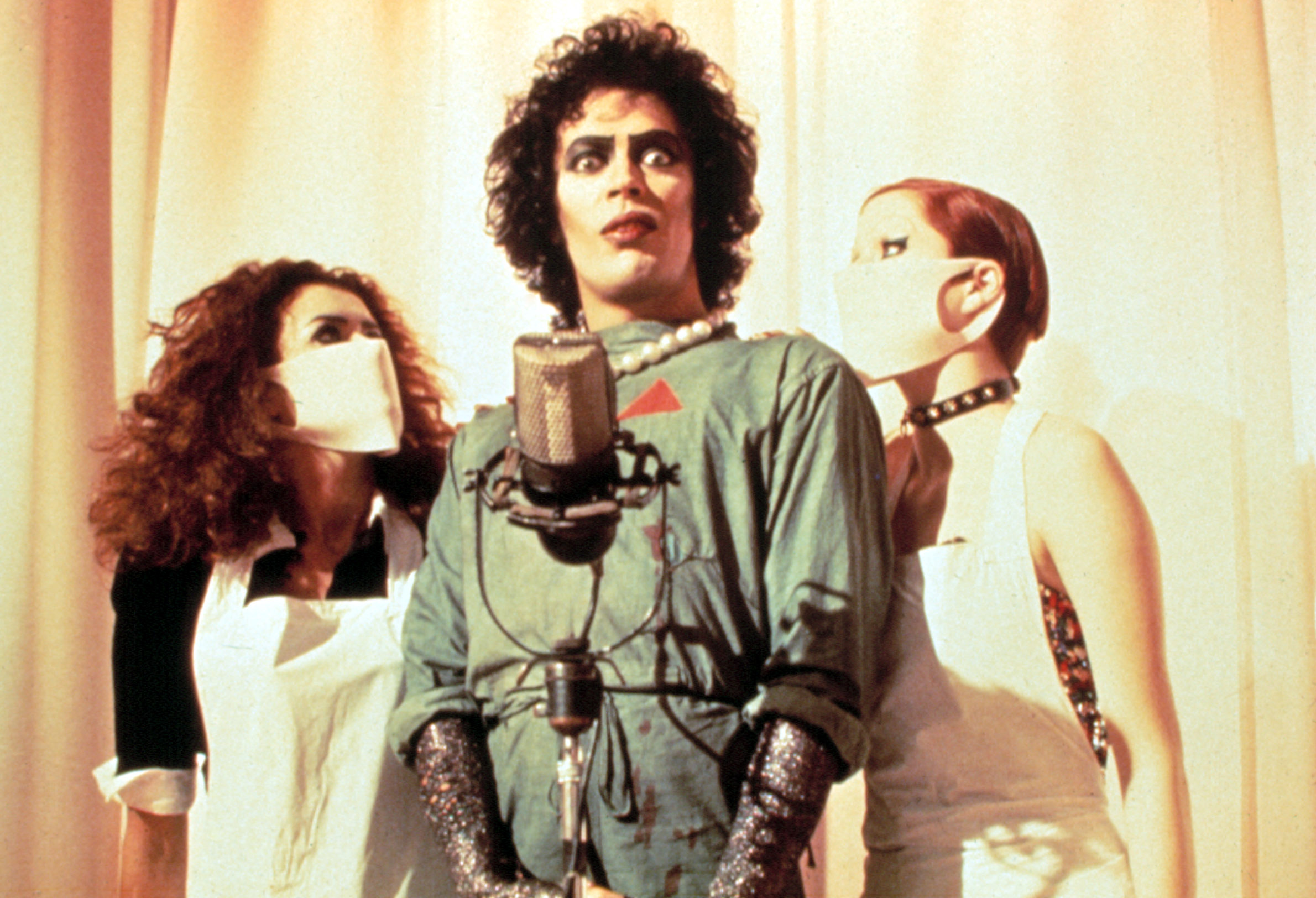
Fox, which is owned by Disney (yes, the House of Mouse has its boots on the neck of “Rocky Horror”), hasn’t taken a firm stance on the two different versions. But Warner Bros. pulled a similar trick a decade later, when it gave Frank Oz’s 1986 remake of “Little Shop Horrors” a happier ending to appease theaters. The revelation that Brad and Janet’s harrowing night with Dr. Frank-N-Furter (Tim Curry) should’ve ended with them even more broken sent minor shockwaves through the fanbase.
Sharman shared his thoughts on the subject for the film’s 35th anniversary, when the original ending was finally restored with a special edition Blu-ray release. “The film begins and ends quietly, reflectively, and in darkness, and that’s how it should be,” he said to Gencarelli.
Still, the orgiastic aperitif of queer liberation hasn’t overcome that early confusion. The cult classic stumbled into limited U.S. theaters on September 27, 1975 and, while you can’t really blame it on the ending, that first distribution push flopped impressively. Curry was widely considered a revelation by critics, but he couldn’t whip the divisive and deceptively opaque musical into the winners’ circle alone.
“It was ignored by pretty much everyone, including the future fanatics who would eventually count the hundreds of times they’d seen it,” wrote the late Roger Ebert in a retrospective essay. The most famous film critic ever revisited the longest-running midnight movie in history when “Rocky Horror” came to VHS in 1990. Pre-streaming, the controversial move spurred cinephiles to ask if a movie could still be “midnight” at home.
For Fox’s broadcast premiere of “Rocky Horror” on October 25, 1993, TV Guide writer and the film’s late fan club president Sal Piro instructed audiences to get physical props — from rice and toast (for the wedding!) to water pistols and newspapers (for the rainstorm!) and play along. They’d also need to learn the famous callbacks (“Where’s your neck?” “Asshole!” “Slut!”) which he helped pioneer nearly two decades earlier at the Waverly Theater in New York.
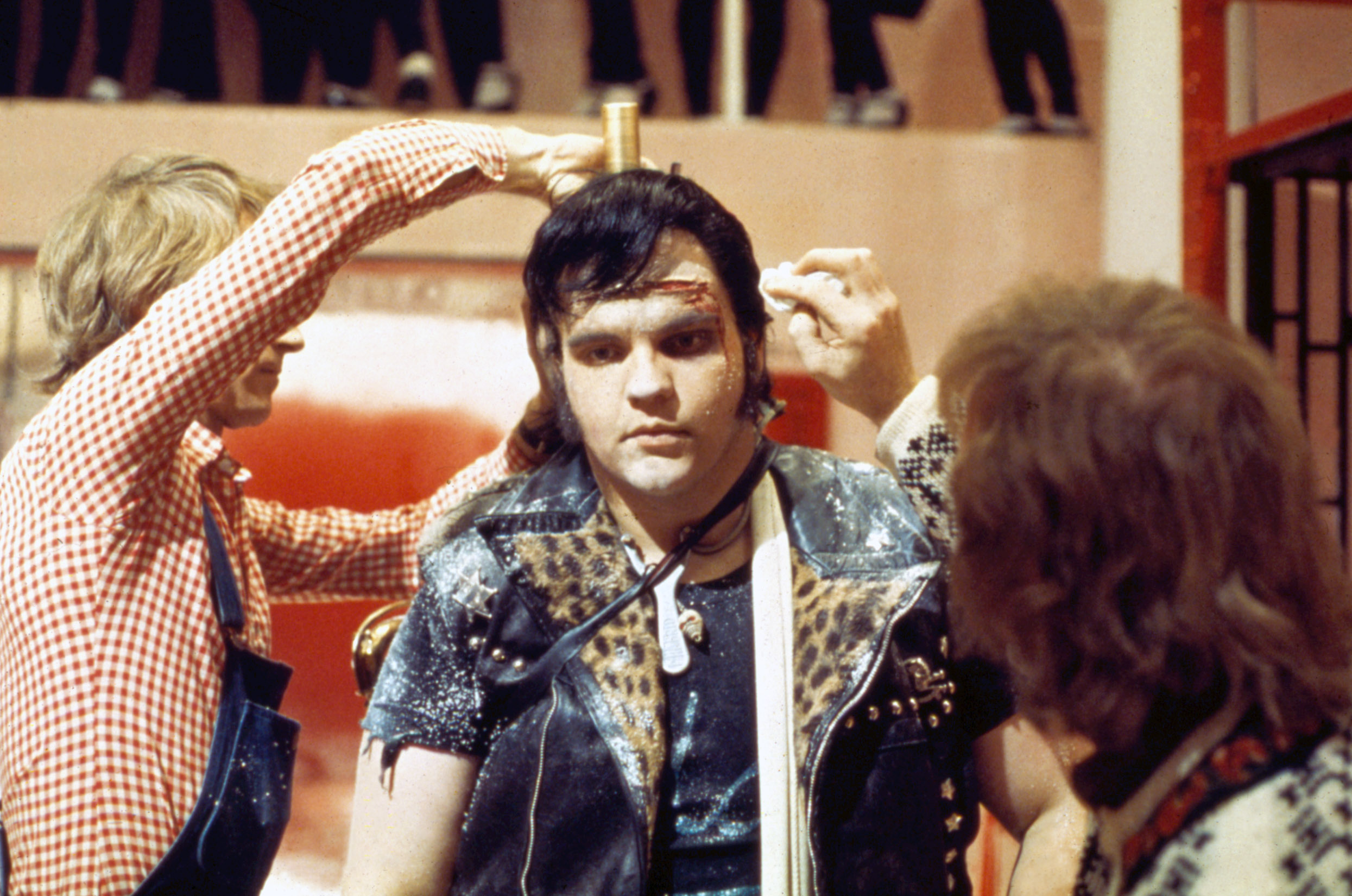
“On the home front, I’ve invited some 200 of my closest friends over,” Piro wrote in TV Guide. “There could be a slight mess to clean up in the morning.”
Ebert concluded that “Rocky Horror” was more of a “long-running social phenomenon” than a film and, watching it again, he wrote in his review, “It’s no better than it ever was. Without the midnight sideshow, it’s cheerful and silly, and kind of sweet, and forgettable.” Of course, he had the wrong ending.
With the film’s golden anniversary this fall comes several more opportunities for reevaluation. Tim Deegan — the executive who is widely credited with convincing Fox to bring “Rocky Horror” back to the U.S. as a midnight movie — has a book coming out on September 1. “Saving Rocky Horror: From Orphan to Icon” aims to shed light on Deegan’s story, charting from the “severe opposition” he faced inside the studio to the revolutionary relaunch Piro attended at the Waverly on April Fool’s Day in 1976.
Also promoting a new 4K Blu-ray restoration, which includes “bonus content” with both versions, Disney is taking “Rocky Horror” on tour in the U.S. and Canada in 2025. Cast members Bostwick (Brad), Patricia Queen (Magenta), and Nell Campbell (Columbia) will visit 55 cities, after kick-off events in Los Angeles on September 23 at the Academy Museum and The Roxy — where “Rocky Horror” had its first U.S. premiere in 1975.
Also in Hollywood that weekend, there will be a fan convention at the UA Westwood. That celebration will be partly hosted by the film’s 91-year-old executive producer, Lou Adler. Following Deegan’s big save in New York, “Rocky Horror” returned to the west coast in the late 1970s, where ostentatious Angelenos formally established the film’s dress code and rituals as an extravagant weekly affair.
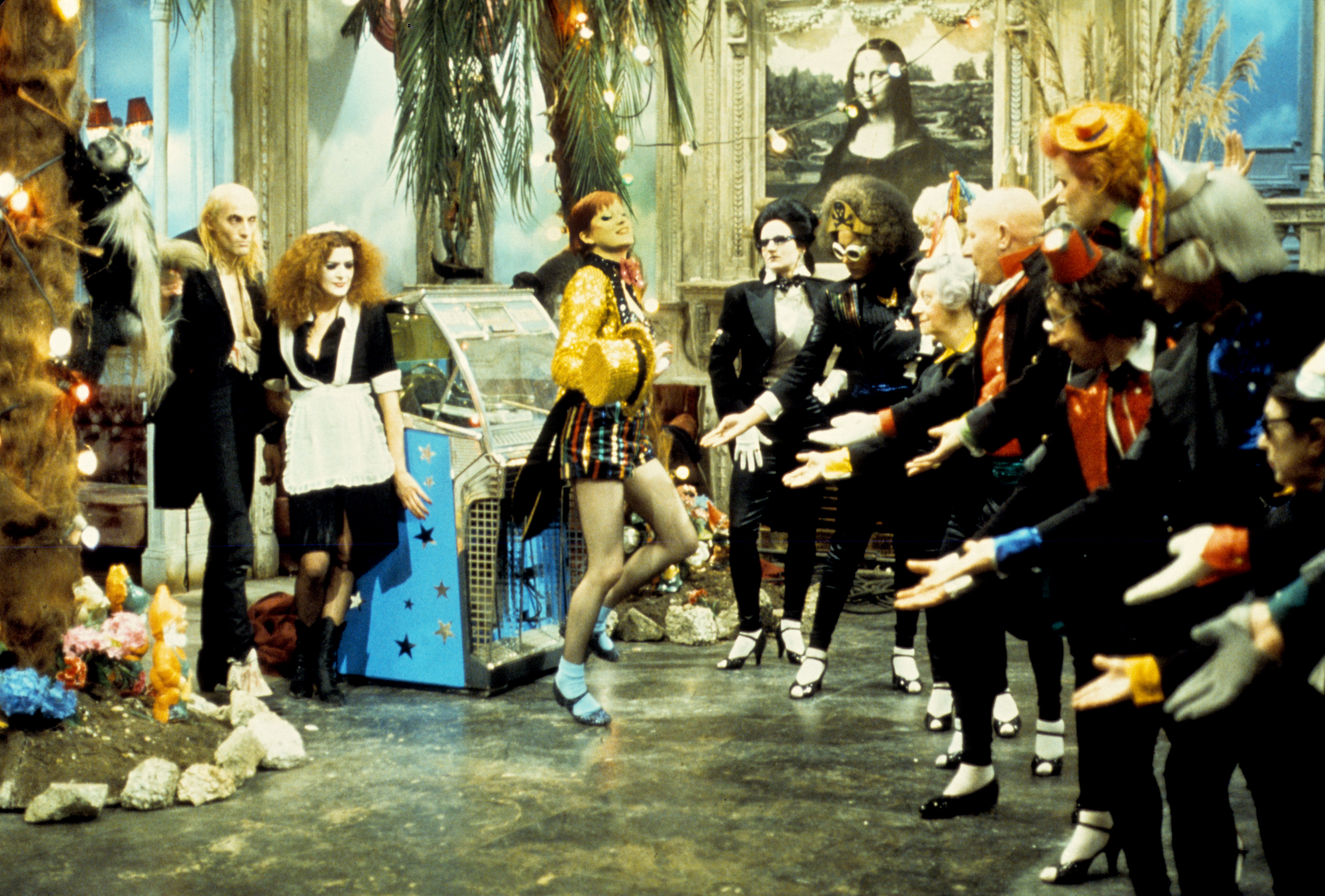
Midnight movies were discovered in the 1970s. Alejandro Jodorowsky’s “El Topo,” John Waters’ “Pink Flamingoes,” even David Lynch’s “Eraserhead” — any one of them could’ve turned into cinematic mainstays that broke box office records and spanned a half-century. But more than the shock-jock artistry, it was the continued dialogue with enthusiastic queer audiences that made “Rocky Horror” a man.
Piro wrote in 1993 that he’d seen the film more than 1,500 times. Consistent attendance is key if you want to convert a cult flick into a proper midnight movie mass, and later this year, “Strange Journey: The Story of Rocky Horror” will be released in Piro’s memory.
Premiered at SXSW and in U.S. theaters on September 26, the new documentary comes from filmmaker Linus O’Brien, who is Richard O’Brien’s son. Arguing the “meat-and-potatoes” doc retreads a lot of familiar territory, IndieWire’s Wilson Chapman gave it a “B-” and wrote, “There’s a version of ‘Strange Journey’ that is perhaps more explicitly personal, a father-son story and a portrait of the artist rather than the work he created, and you get the sense that could have been more revealing and memorable.”
The willfully flummoxing story that O’Brien wrote hasn’t gotten any easier to parse for the uninitiated, and seen out of context, “Rocky Horror” hasn’t aged gracefully — but was it ever graceful?
You can find dozens of think-pieces and countless social media comments from young film critics, who take a variety of issues with the cult hit’s legacy. From complaints about transphobic and sexist language, to problems with the politics of its aging artists, the routine reanimation of “Rocky Horror” rarely gets the entire genre scene singing in harmony. What’s worse, it’s up against the footprint of its own success, canonized in everything from “The Simpsons” to “Glee” (which, wouldn’t you know, were both at Fox.)
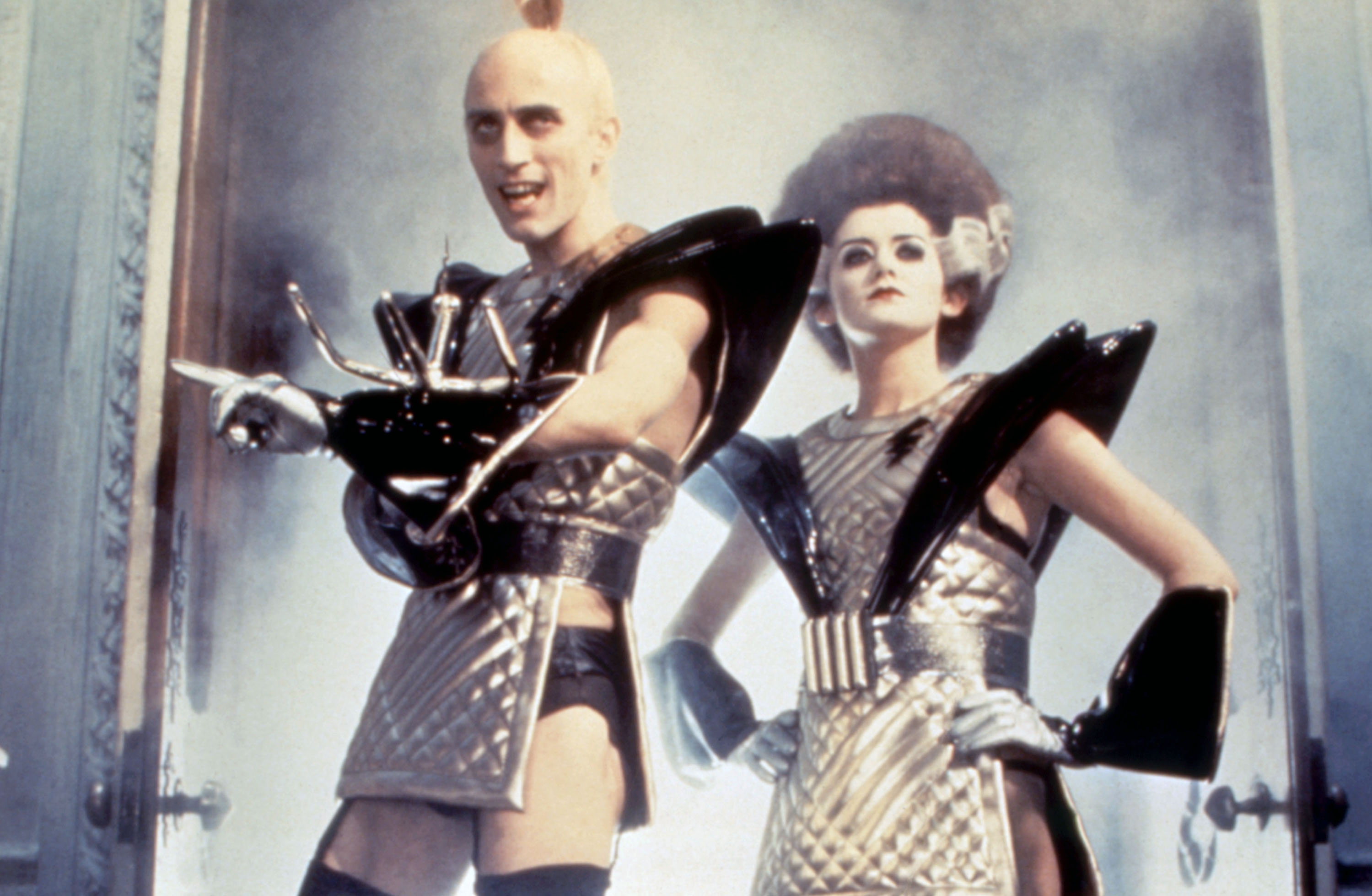
That said, if you’re reading this, then you are likely already in the choir to which “Rocky Horror” is preaching. At a time when indie studios of all types are getting in on the midnight movie game, and transgender and queer people are facing a nasty surge of new attacks both legally and politically, “Rocky Horror” has never been in more dire need of worshippers with real faith.
More than all the sequins you can put in a swimming pool, this masterpiece has touched infinite lives. It’s also very much about a manipulative alien who uses the slur “transvestite,” likes to humiliate virgin conservatives, and to this day, remains instrumental to the art of engineered zombie fucking.
Like “Rocky Horror” itself, the dilution of that legacy — and the waning interest in complexity and camp from the young audiences films like this must recruit to save the midnight movie as we know it — feels tragic.
A sultry kind of nativity, one that’s helped scads of queer kids find themselves in fishnets and Meat Loaf instead of shepherds and wise men, “Rocky Horror” enters its next 50 years with an almost Christ-like burden. Yes, there are the boundlessly joyful disciples who always defend its sacred heart. (It’s also worth noting that Disney surprised a lot of folks when they let screenings go on, particularly post-COVID.)
But it’s the threat of the picture show someday not continuing — either because the “Rocky Horror” religion goes misunderstood by too many for too long, or because it becomes part of the racket transgressive art was made to mock — that makes every new Time Warp shiver with antici—
IndieWire’s ‘70s Week is presented by Bleecker Street’s “RELAY.” Riz Ahmed plays a world class “fixer” who specializes in brokering lucrative payoffs between corrupt corporations and the individuals who threaten their ruin. IndieWire calls “RELAY” “sharp, fun, and smartly entertaining from its first scene to its final twist, ‘RELAY’ is a modern paranoid thriller that harkens back to the genre’s ’70s heyday.” From director David Mackenzie (“Hell or High Water”) and also starring Lily James, in theaters August 22.

